In case you didn’t arrive in Madrid by train, make sure to step inside Atocha Station. You’ve probably never seen a station like it before. Its iron and glass canopy and tropical garden make it a must-see in Madrid.
On a different note, check out the Las Ventas bullring — also known as the Plaza de Toros. It’s the largest bullring in Spain,
and the neo-Mudéjar style building is truly stunning.
El Matadero and El Rastro Market
Another site worth seeing is the Matadero, Madrid’s former slaughterhouse turned cultural hub. If you’re here on a Sunday, be sure to wander through the famous Rastro flea market. Hundreds of stalls line the area around Plaza de Cascorro and stretch down Ribera Street. A vibrant mix of tradition and treasure — and a crowd you won’t forget.
El Retiro and the Museums
If you still have some time to spare, head to the Parque del Retiro for a relaxing break in the heart of the city. While you’re in the area, take the opportunity to visit two of Spain’s most remarkable museums: the Museo del Prado and the Reina Sofía. If these don’t interest you, go just to see Guernica.
Neighbourhoods
What truly defines Madrid is the atmosphere, and the everyday life flowing through each of its districts. We’ve taken you through some of the capital’s must-see sites, but your stay in Madrid won’t be complete unless you take the time to experience each barrio and their unique personalities. There’s the historic Madrid of the Habsburgs, the bohemian La Latina, the multicultural Lavapiés, Chueca — Madrid’s own Marais — and Malasaña, the hipster heart of the city. Each district has its own strong identity, and together, they make Madrid the vibrant, cosmopolitan capital we love so much.
Beyond Madrid
If you have time to explore outside the city, you’ll find plenty of nearby sites that are well worth visiting.
Alcala de Henares
Start with the small town of Alcalá de Henares, about thirty kilometres from Madrid. It’s best known as the birthplace of Cervantes, one of the greatest Spanish writers and author of ‘Don Quixote’. Nicknamed the ‘city of knowledge’, Alcalá gives you the chance to walk in Cervantes’ footsteps at his childhood home and museum. With its grand university and picturesque old town full of arcaded streets, the town has earned its place on the UNESCO World Heritage list. Be sure to visit the beautiful main hall of the Colegio de San Ildefonso, with its intricately carved Mudéjar ceiling, where the King and Queen of Spain present the prestigious Cervantes literary prize every year. You can even climb the Santa María tower for sweeping views, or catch a show in one of the oldest corral de comedias — open-air theatres — in Spain.
Aranjuez
Don’t miss Aranjuez, south of Madrid, the town that inspired Joaquín Rodrigo’s famous Concierto de Aranjuez, a guitar concerto. Most visitors come for the Royal Palace and its beautiful gardens, modelled after Versailles in Paris. The old town, built to house the nobility, has been designated a historical and artistic site for its unique Baroque architecture. You’ll discover palaces, convents, balconies, villas, and patios laid out along wide streets and elegant squares.
El Escurial
If you only have time for one must-see site outside Madrid, let it be El Escorial. This vast monastery is a UNESCO site you can easily reach by bus — line 664 takes you to the village of San Lorenzo, just 200 metres from the entrance. Built in the 16th century, this imposing site was once the heart of the most powerful empire in the world. Inside, you’ll find a royal palace, a basilica, a library, museums, and the royal pantheon, where Spanish monarchs from Charles V to Alfonso XIII are buried. You can stroll through the monks’ gardens, visit the royal children’s and queen’s pavilions, and admire the reflection of the surrounding landscape in the large ornamental pool.
Sierra de Guadarrama
People often forget that Madrid sits 657 metres above sea level — making it the second-highest capital in Europe after Andorra. If you’re craving mountain air, the Sierra de Guadarrama is a perfect escape. Partly a national park, this mountain range is filled with lakes, streams, and peaks rising over 2,000 metres — a paradise for nature lovers.
Rascafría
One of the most beloved spots in the Sierra is the village of Rascafría, nestled in the Lozoya Valley. Sitting more than 1,000 metres above sea level, it’s a picture-perfect mountain village, with a beautiful 15th-century church and the El Paular Monastery, just 2 kilometres away. You can buy products made by the monks — honey, cheeses, liqueurs — and explore the nearby Puente del Perdón (Bridge of Forgiveness), for a breathtaking view of the monastery. You can also visit the old Batán paper mill, which produced the paper for the very first edition of Don Quixote in 1605. Just beyond that, you’ll find the magical Finnish Forest, with its quiet lake and tall pine trees.
Segovia
If you want to venture a little further from Madrid, don’t miss Segovia — about a hundred kilometres to the northwest. You’ll fall under its spell the moment you arrive, greeted by its remarkably well-preserved Roman aqueduct and the warm colours of its old town, also a UNESCO World Heritage Site. There’s an impressive cathedral, a fairytale-style Alcázar, winding lanes, and shops filled with local products — all against the backdrop of a magical hilltop town over 1,000 metres above sea level.
Toledo
No list would be complete without the marvellous city of Toledo, perched high above the Tagus River. Once the capital of Spain, it’s brimming with stories, legends, and an incredibly rich heritage. We already have an itinerary for Toledo, that takes you through 25 points of interest, covering the complexity of Spain’s history. Just 30 minutes from Madrid by train, it’s a close and unmissable trip.
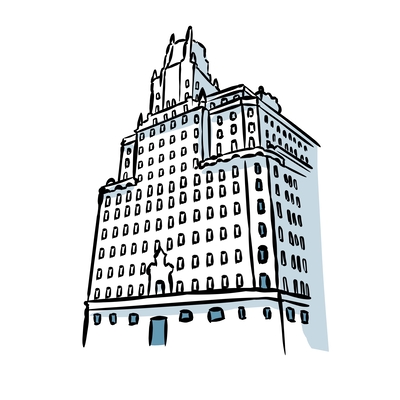
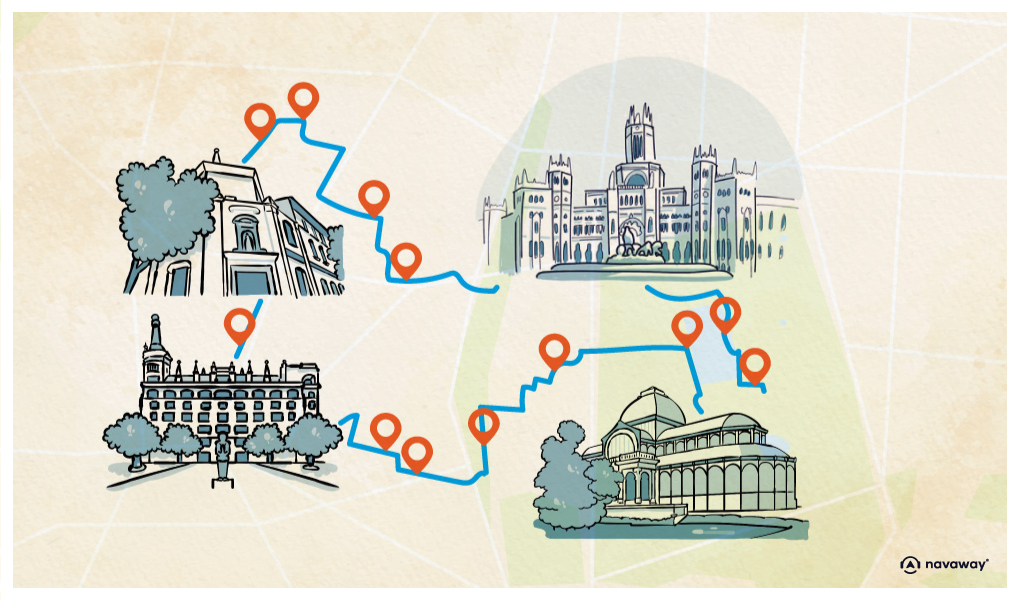
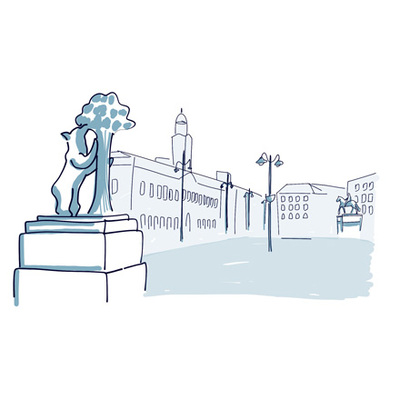

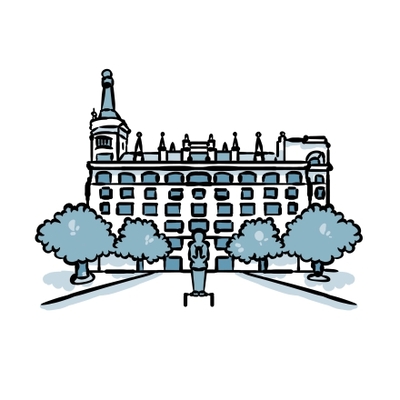
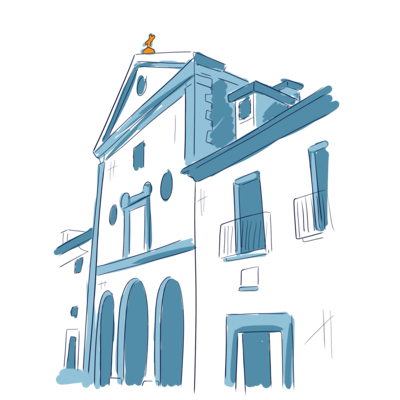




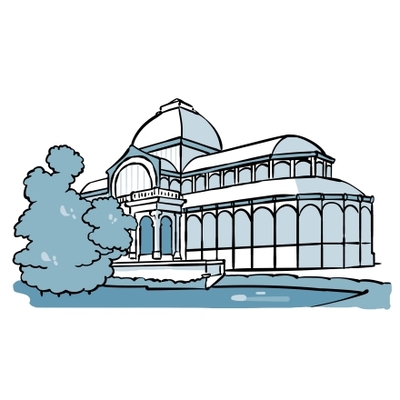


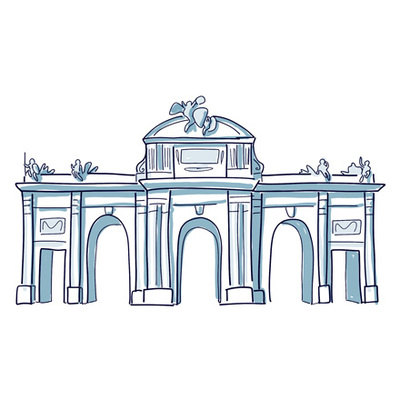
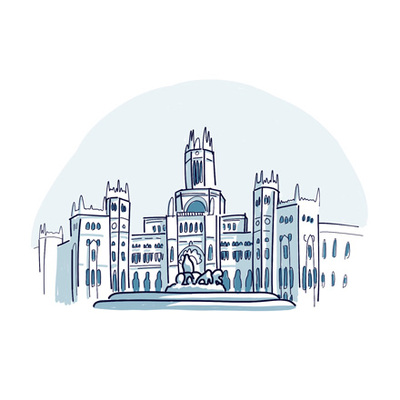




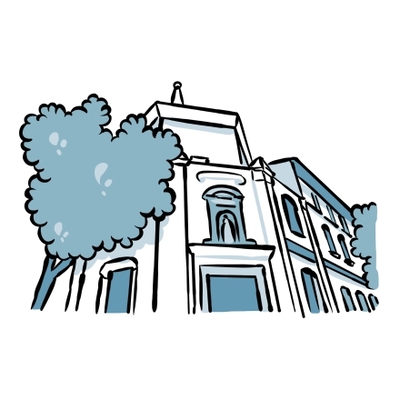













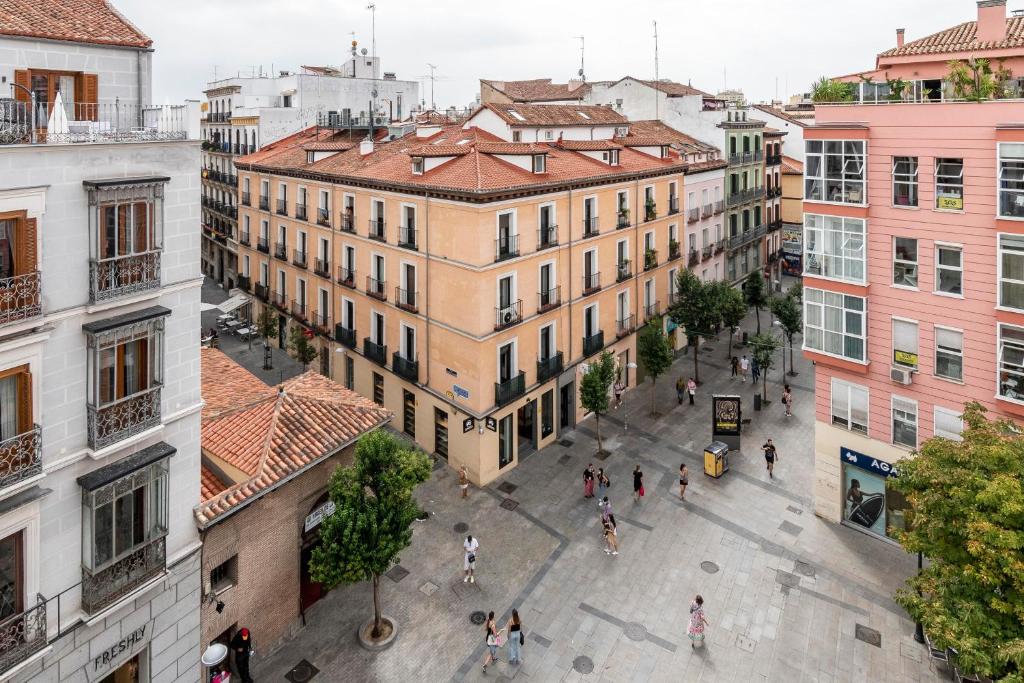
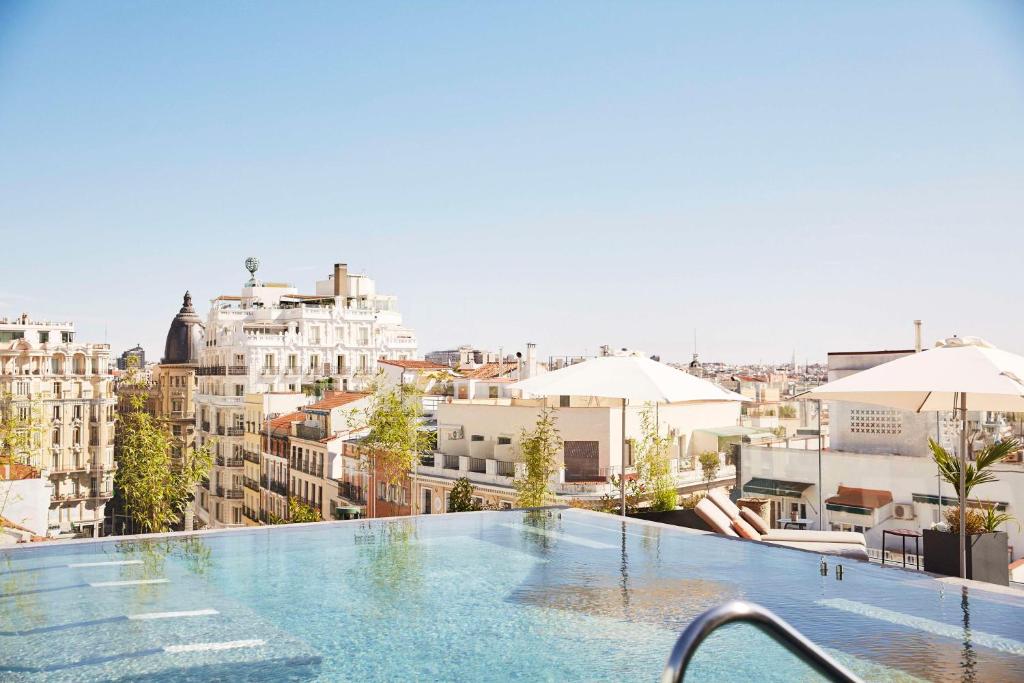



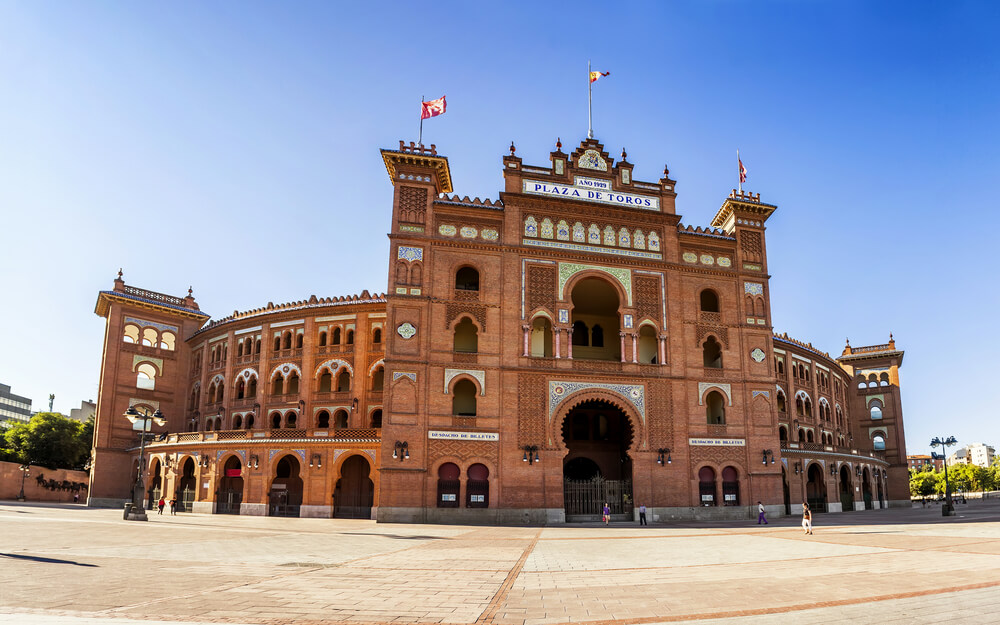
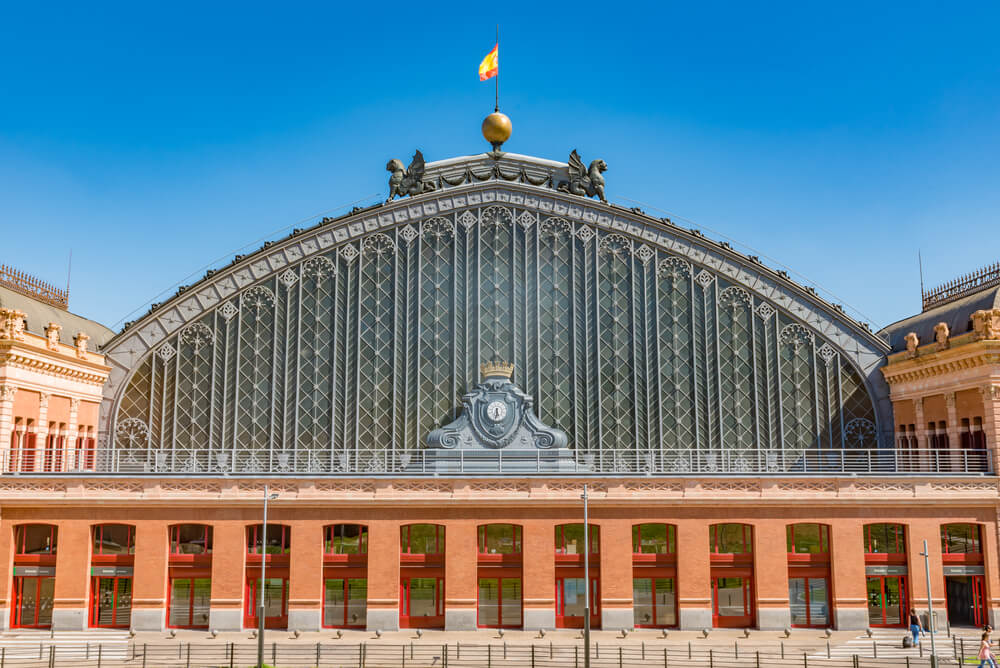
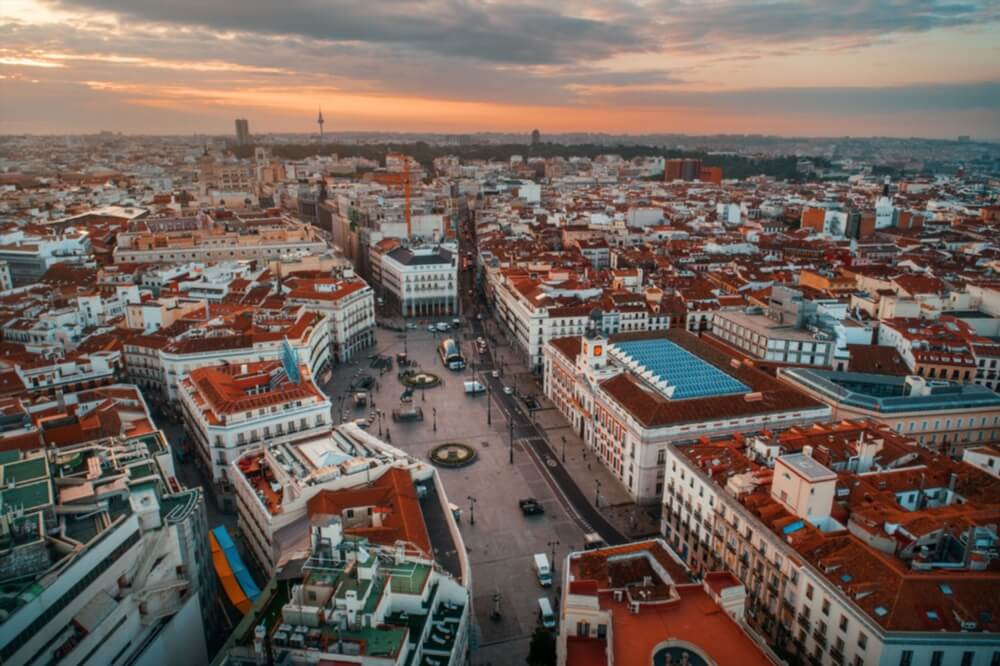


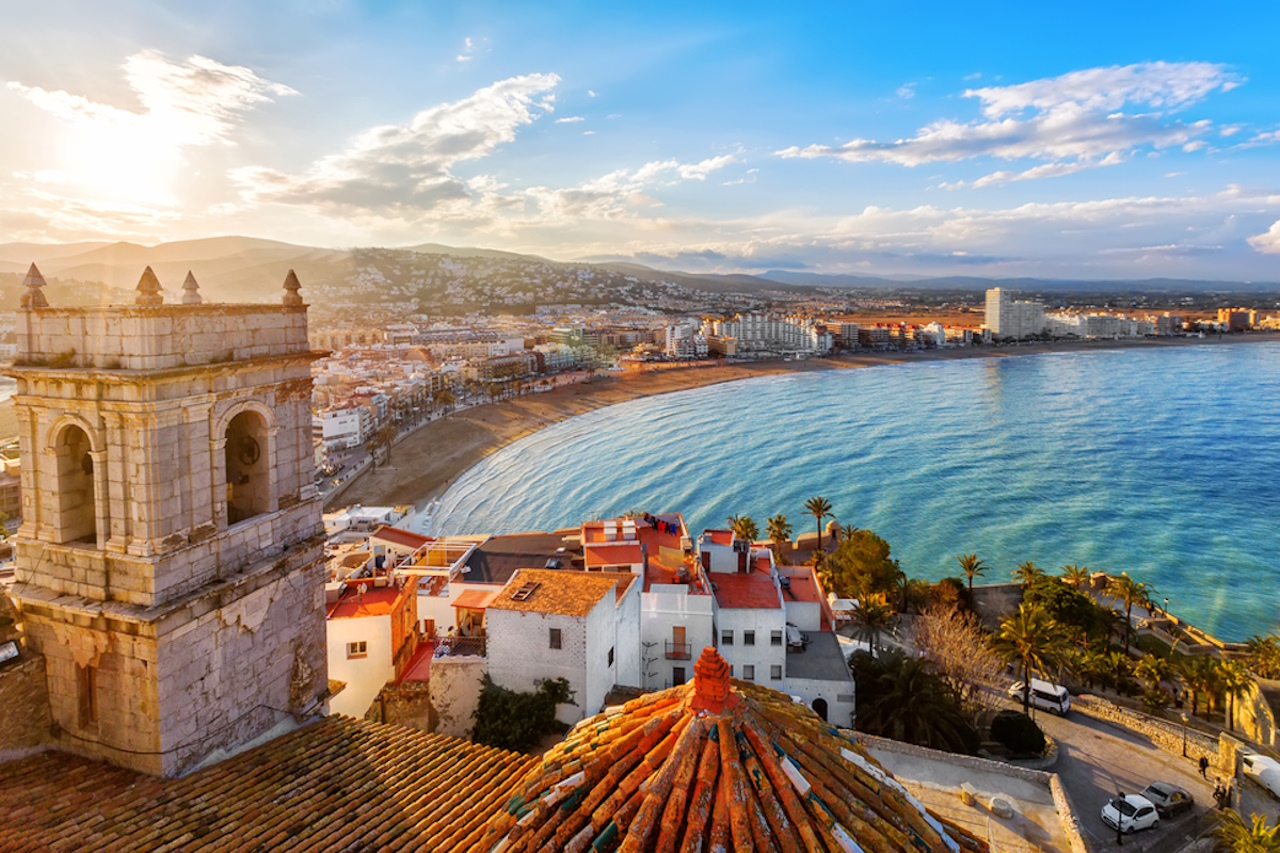
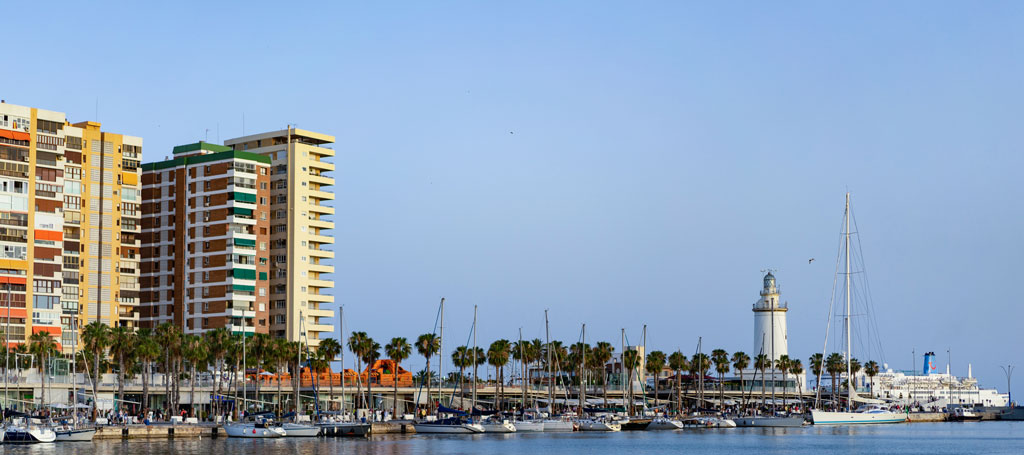
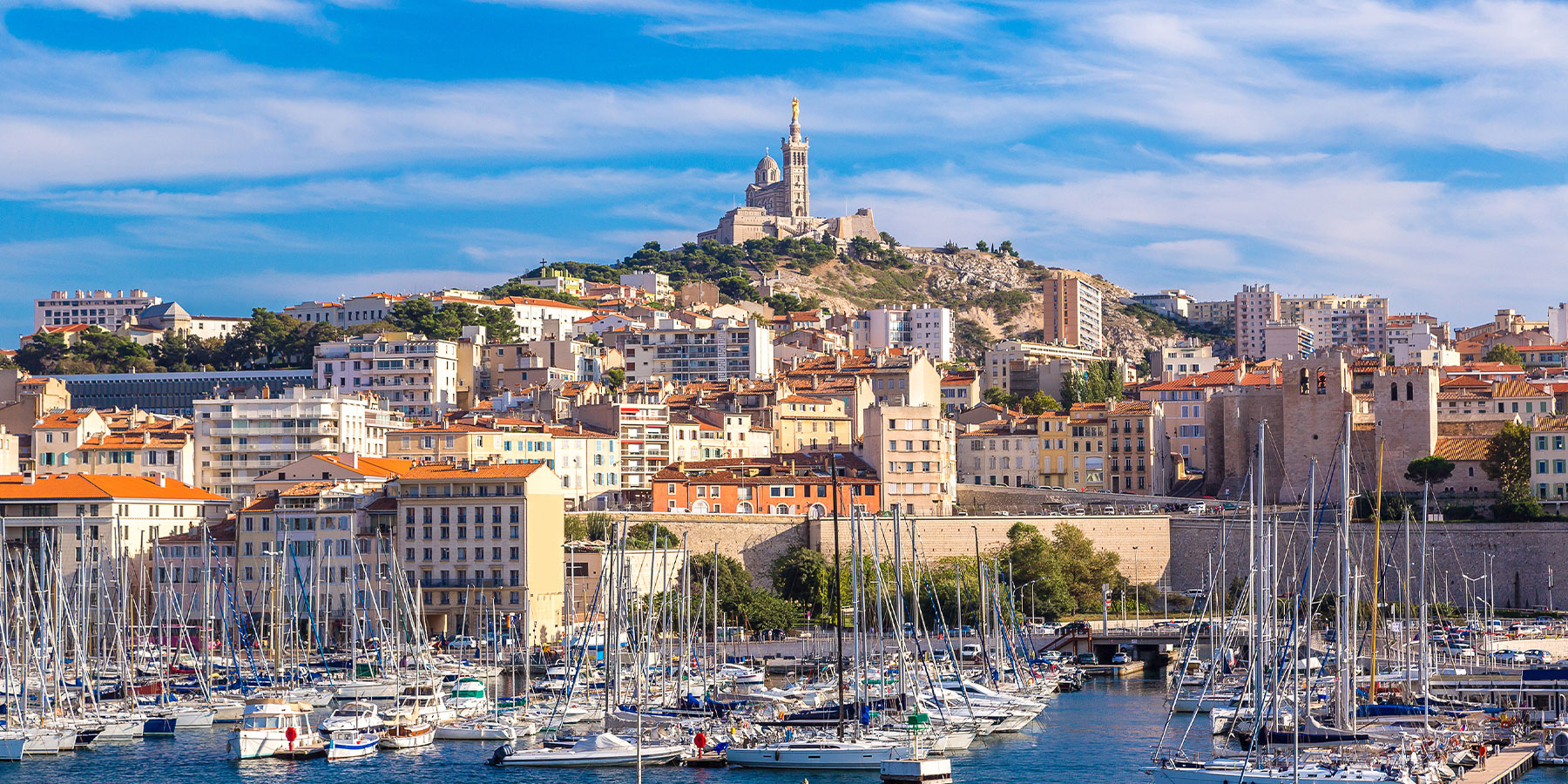
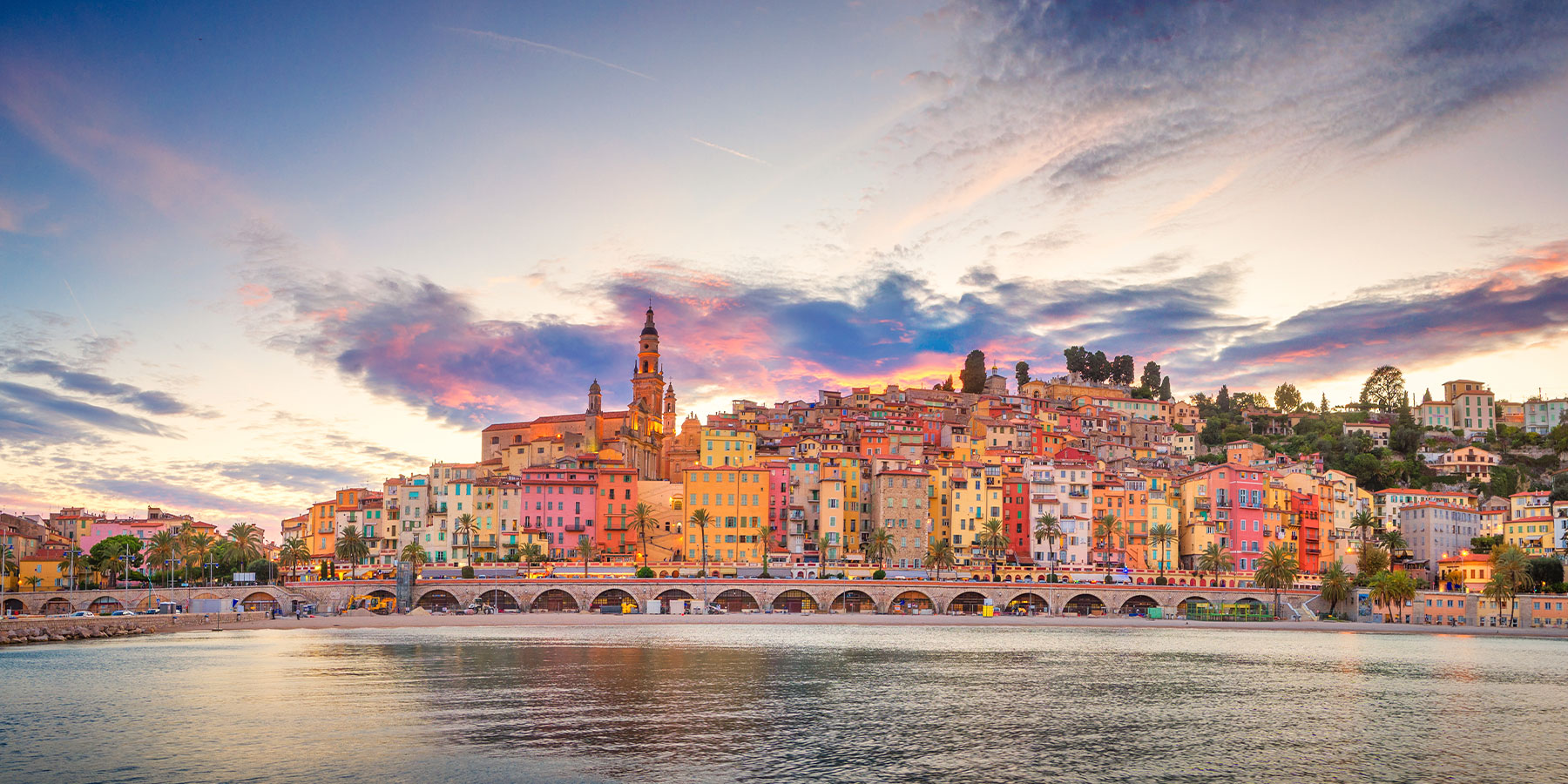


Comments